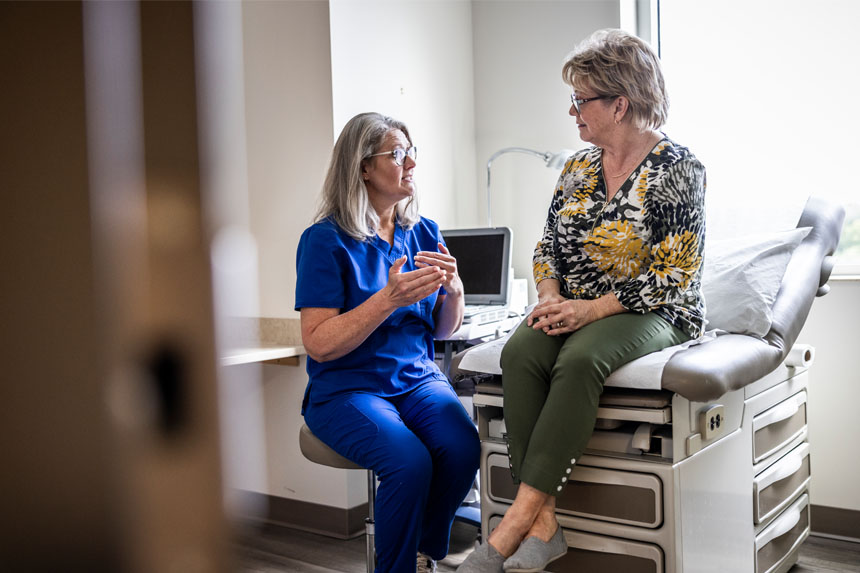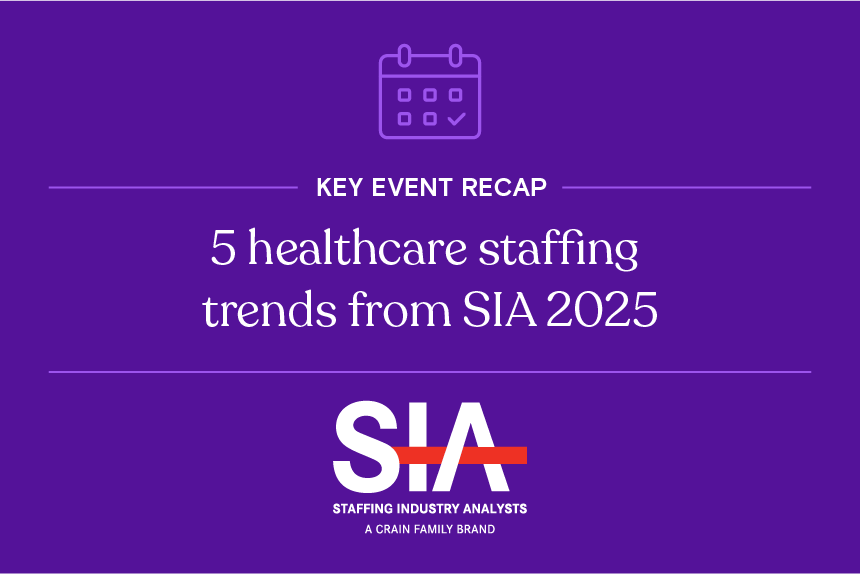A look at how patient readiness for early Alzheimer’s testing can inform clinical planning and commercial strategy in Alzheimer’s care.
Over the past decade, public conversation around Alzheimer’s disease has shifted from resignation to readiness. Once viewed as a diagnosis to be feared and delayed, Alzheimer’s is increasingly seen as a condition that should be confronted early.
Recent survey data confirm that the patient mindset has evolved: 79% adults aged 45 and older report wanting to know if they have Alzheimer’s disease before or when minor symptoms appear, and 92% would pursue disease-modifying therapy (DMT) if available. Moreover, 80% said they would request testing rather than wait for a doctor’s recommendation.
Most U.S. adults want to know early if they have Alzheimer’s disease
Fig. 1 – Stage at which U.S. adults aged 45+ would want to know if they had Alzheimer’s disease (n = 1,700). Source: 2025 Alzheimer’s Disease Facts and Figures
The challenge of early diagnosis in Alzheimer’s disease
While the appetite for early testing grows, the diagnostic infrastructure for Alzheimer’s disease remains constrained. Alzheimer’s disease develops along a protracted continuum: often decades of silent pathology before mild cognitive impairment (MCI) becomes evident. Amyloid-β deposition can precede symptoms by more than 20 years, and tau pathology emerges during the preclinical stage when cognitive function appears normal.
Current diagnostic standards, however, are ill-suited to the demands of large-scale early detection. Neuroimaging and cerebrospinal fluid assays can improve diagnostic accuracy but remain resource-intensive and geographically limited. Even as blood-based biomarker assays and AI-enabled imaging tools advance toward validation, their integration into routine clinical practice faces challenges, from reimbursement to interpretation.
Comparison of Alzheimer’s disease diagnostic tools
Diagnostic tool | Type | Sensitivity | Specificity | Advantages | Challenges |
Traditional | |||||
Cognitive assessment | Clinical | 60-85% | 70-85% | Patient history insights | Subjectivity, cultural bias |
Brain imaging techniques | Neuroimaging | PET: 70-90%, MRI: 85% | PET: 90-95%, MRI: varied | Molecular insights | High cost, radiation exposure |
Novel | |||||
CSF analysis | Biomarkers | 85-90% | 90-95% | Disease-specific | Invasive, discomfort |
Machine learning | Algorithm-based | 80-90% | 85-90% | Data pattern recognition | Data quality, interpretability |
Blood-based markers | Biomarkers | 70-80% | 80-90% | Non-invasive early-stage diagnosis | Validation, variability |
Fig. 2 – Diagnostic tools used in Alzheimer’s disease. PET: positron emission tomography; CSF: cerebrospinal fluid. Source: Adapted from Juganavar et. al, 2023.
Areas of opportunity in the Alzheimer’s disease space
This disconnect between rising patient readiness and limited diagnostic throughput presents both a care gap and a market opportunity. For healthcare organizations and life science companies, understanding where and how to act will be crucial as the early detection market evolves.
Shaping the market through early education
Continued investment in provider and patient education will be needed to sustain momentum and ensure diagnostic readiness aligns with evidence-based testing criteria. Health literacy around preclinical Alzheimer’s, including risk communication, biomarker interpretation, and the role of DMTs, should evolve as fast as the testing market. Clear, targeted communication can prepare both patients and providers for earlier intervention.
Funding scalable, cost-effective diagnostics
With DMTs now approved for early-stage disease, scalable screening solutions are becoming a commercial necessity. Survey data show that more than 9 in 10 Americans would take a simple, minimally invasive test to detect Alzheimer’s if available. This unmet need points to a clear opportunity for companies to invest in scalable, cost-effective solutions like blood-based biomarkers as alternatives to PET and CSF tests. FDA-cleared examples, including Elecsys pTau181 and Lumipulse G (which evaluates a p-tau217/amyloid-β1-42 ratio), illustrate the evolving diagnostic landscape. As these tests are introduced more widely, pricing and access will continue to evolve, with real-world evidence supporting both clinical and payor value propositions.
Sustaining investment in therapeutic development
Advancing treatments to slow or prevent Alzheimer’s remains a priority, with lessons from past trial failures guiding drug development strategies and expanding the window for early intervention. Current anti-amyloid treatments, such as donanemab and lecanemab, are indicated for patients in the earliest stages of Alzheimer’s, or those with mild cognitive impairment (MCI) or mild dementia. By targeting beta-amyloid, these therapies slow cognitive and functional decline and alter the typical trajectory of disease progression.
While early sales of lecanemab were constrained by concerns around cost, side effects, and efficacy, uptake is increasing as new blood-based biomarker tests hit the market. Biogen now has more than 4,500 diagnostic machines in U.S. clinical laboratories to help accelerate patient identification and therapy adoption. As testing infrastructure grows, we expect further uptake of DMTs.
Data-driven planning for early detection and treatment
Closing the gap between patient readiness and effective care delivery will increasingly hinge on data. Health interest models, drawing on claims and consumer-level data, can shed light on consumer interest and map potential patient journeys, giving organizations a strategic lens in the emerging early detection market. Paired with market forecast tools that integrate census projections, providers can anticipate shifts in the Alzheimer’s population over time. These insights can support service line planning and resource allocation in a way that aligns care delivery with real-world demand.
Turning patient readiness into clinical impact
Alzheimer’s disease unfolds quietly, often decades before symptoms emerge, making early detection critical. With more patients now seeking proactive testing, providers who meet this demand will be well-positioned to define the next era of Alzheimer’s care.
At the same time, advances in blood-based biomarkers are improving diagnostics and enabling intervention earlier in the disease course. This earlier visibility, combined with expanding access to DMTs, could also reshape the care timeline.
Timely identification now delivers broader benefits: it gives families time to plan, allows clinicians to intervene sooner, and provides patients the opportunity to maintain independence and quality of life for longer.
Want to see where testing demand and Alzheimer’s care pathways are shifting in your market? Definitive Healthcare’s data and analytics give you a clear view of prospective populations and diagnostic and treatment trends. Schedule a demo to see it in action.




